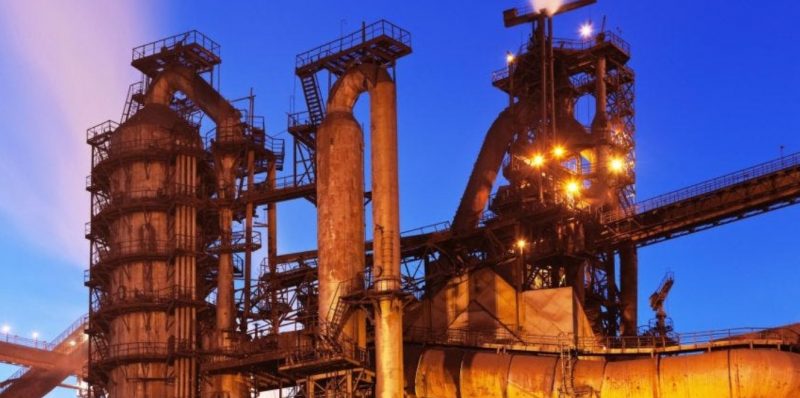
Decarbonizing Steelmaking: Malaysia’s Low-Carbon Steel Path
Malaysia’s Ministry of Trade and Industry (MITI) is placing decarbonization at the center of its steel industry agenda. Deputy Minister Y.B. Liew Chin Tong, speaking at the 2025 ASEAN Iron and Steel Forum, criticized the region’s reliance on blast furnaces. He warned that this growth model leads to a “race to the bottom” in emissions.
Southeast Asia’s steel industry continues to grow rapidly, but at a high environmental cost. According to Liew, ASEAN’s steelmaking capacity sits at 84.6 million metric tons today. However, projections show it will reach 169 million metric tons by 2035.
This includes 57.7 million tons from new blast furnaces and 26.8 million tons from electric arc furnaces (EAFs). Still, most growth favors higher-emission methods. As a result, the region risks long-term sustainability and economic imbalance.
Electric Arc Furnace and Recycling: The Key to Malaysia’s Low-Carbon Steel Path
To address these concerns, Malaysia aims to boost production using recycled-content EAFs. Industry groups like the South East Asia Iron and Steel Institute (SEAISI) support this shift. Liew noted that EAF utilization in Malaysia is currently just 40%, which he called “alarming.”
Increasing this rate would provide a cleaner alternative for meeting growing steel demand. Moreover, Malaysia is well-positioned to import recycled steel from the U.S. and Europe. These imports could help scale up EAF operations quickly and efficiently.
Meanwhile, global policies are accelerating change. For example, the European Union’s carbon border adjustment mechanism (CBAM) will impact global trade. In addition, rising steel nationalism in countries like the U.S. is shifting supply chains. These trends make it urgent for ASEAN to adopt low-emission steel strategies.
SuperMetalPrice Commentary
Malaysia’s push for a low-carbon steel path marks a strategic turning point for ASEAN’s steel future. Cleaner technologies like EAFs not only reduce emissions but also open doors for international trade in recycled materials. At the same time, regulatory shifts such as the EU’s CBAM are forcing producers to adapt. SuperMetalPrice believes that nations embracing green steelmaking now will lead the market in the decade ahead.




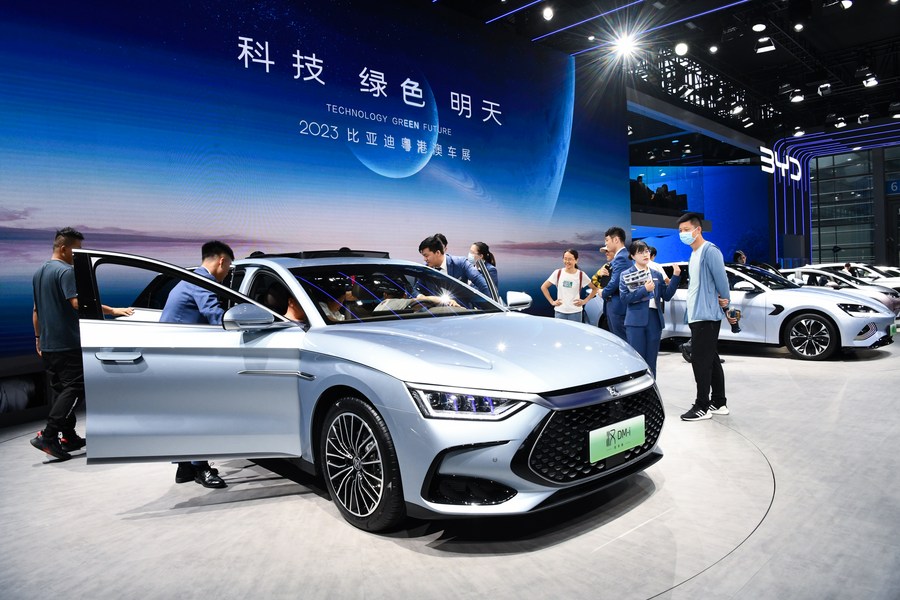
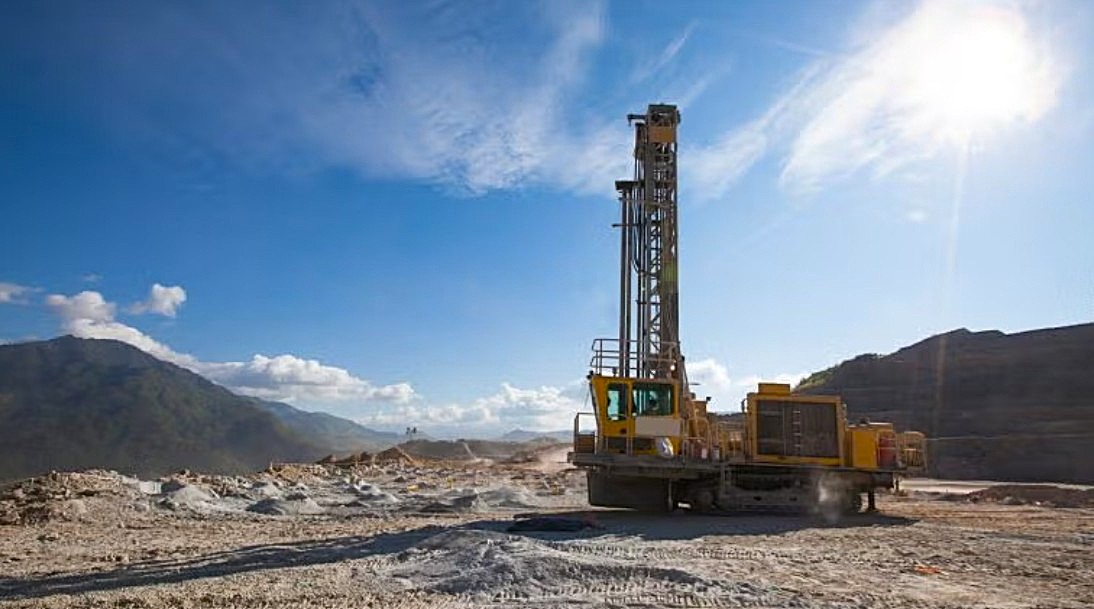

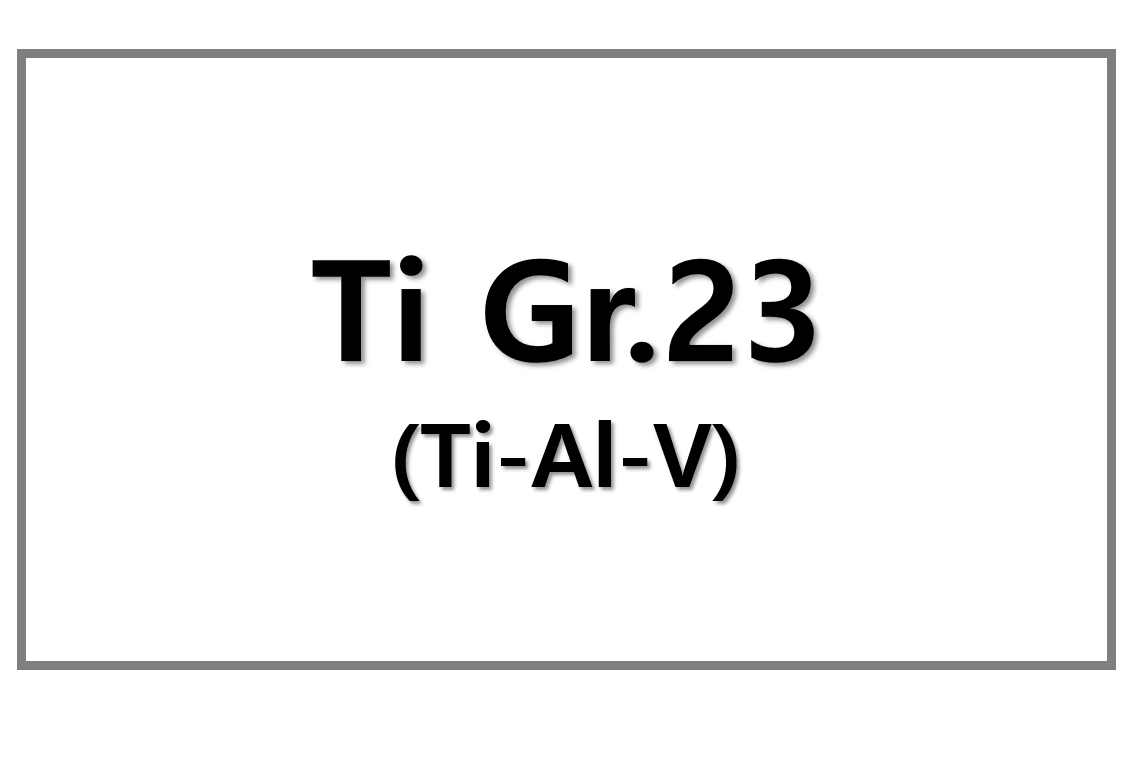
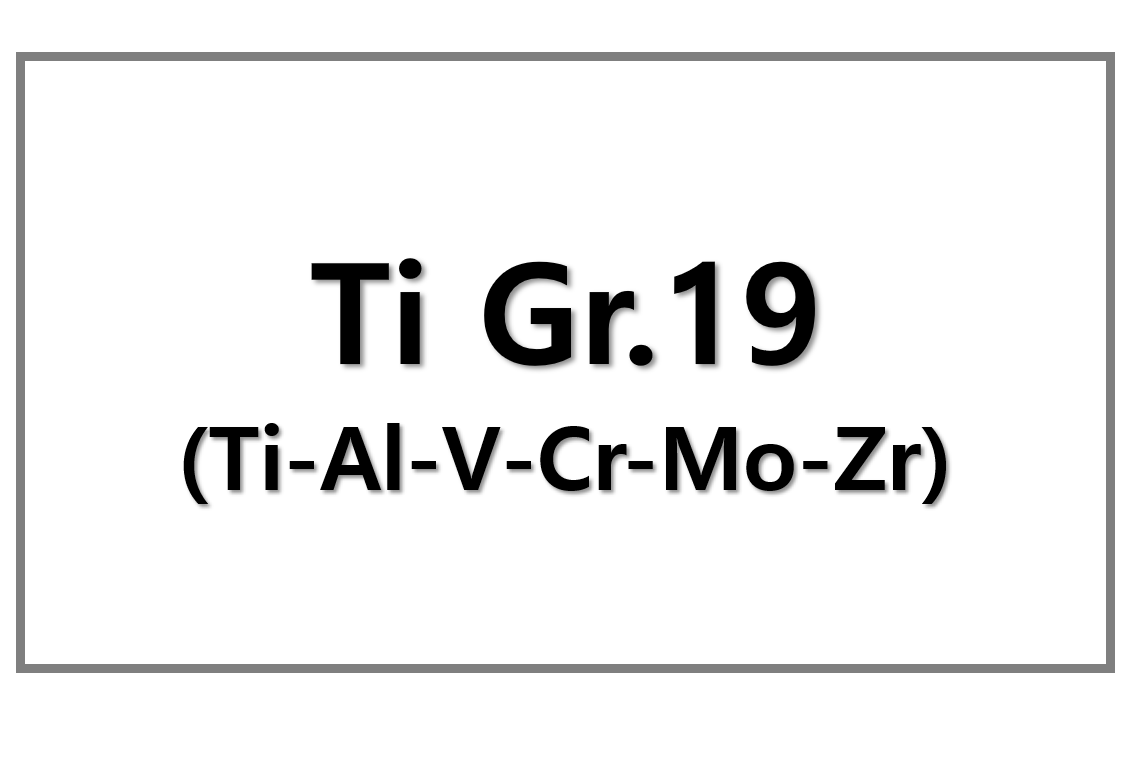
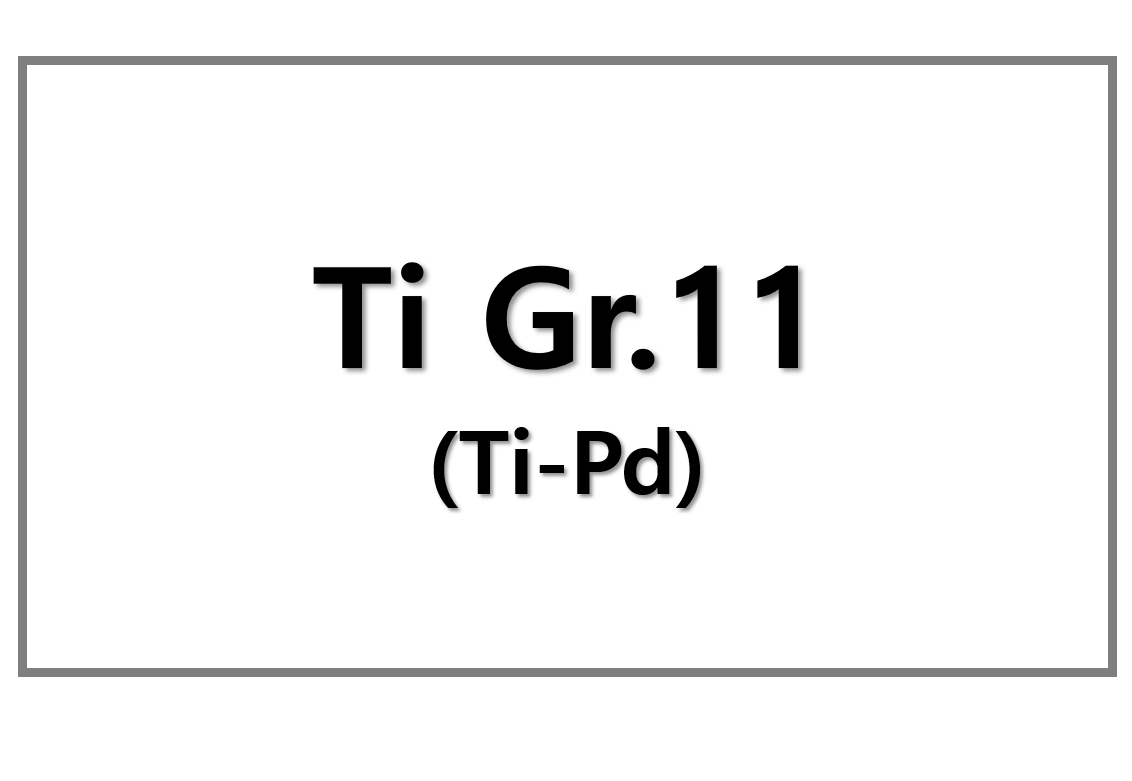
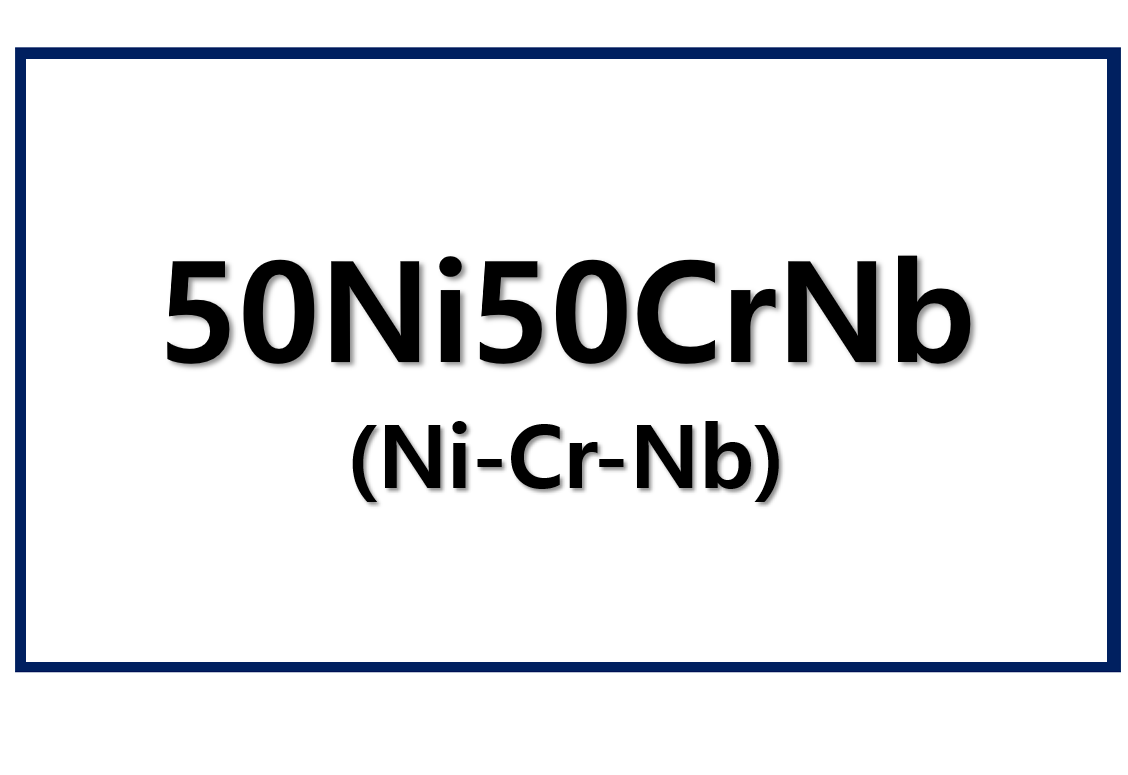
Leave a Reply
You must be logged in to post a comment.